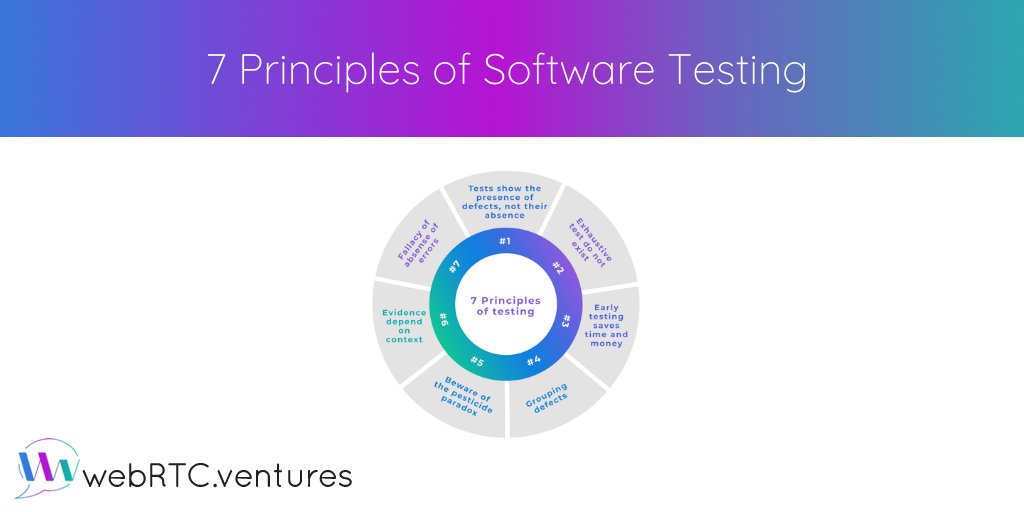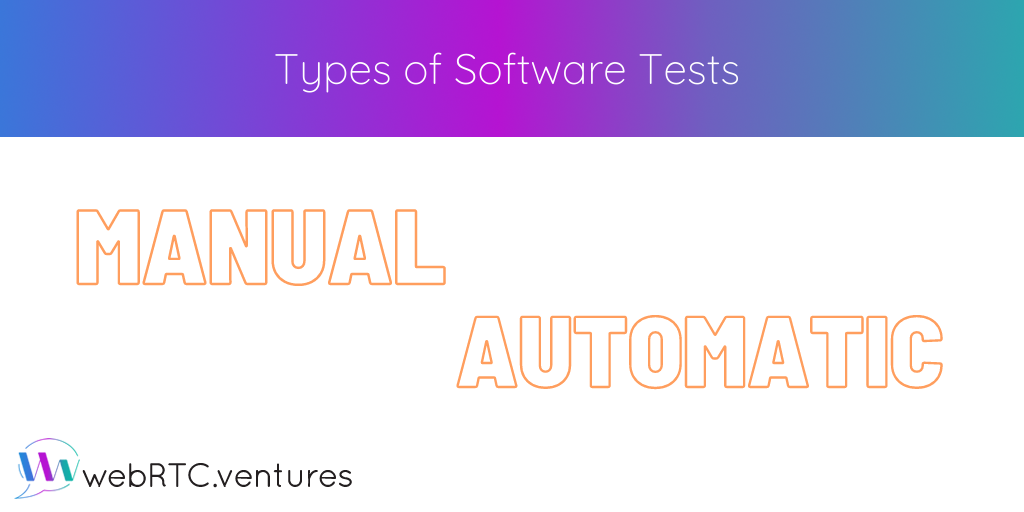
Ensuring optimal Voice AI agent performance is a critical challenge for businesses deploying conversational AI. Poor voice bot interactions can lead to customer frustration, increased support costs, and lost revenue opportunities. From refining bot behavior to perfecting speech recognition and ensuring relevant responses, the journey to continuous

Performing automated unit tests to verify and validate code changes is a best software practice, and one that is increasingly important with today’s rapid feature development. Often with JavaScript projects, unit tests pass as expected one at at time. But when running the whole test suite together, test failures are seen. Our Senior WebRTC Engineer, Justin Williams delves more into bleeding unit tests and how factories can help the issue.

The knowledge and consideration of the ISTQB testing principles allows our testing experts to be more effective in creating individualized strategies depending on the client and the application’s particular requirements. Our Testing Manager Rafael Amberths discusses these seven principles of software testing in the second of a three-part series.

It may not sound comforting to know that there are people who spend 100% of their time finding mistakes in the work of others, but their work is absolutely indispensable. That is precisely the job of our QA team at the WebRTC.ventures testing laboratory in Panama City, Panama. Our Testing Manager, Rafael Amberths, discusses the role of the testing team and types of testing in the first of a three-part series.






